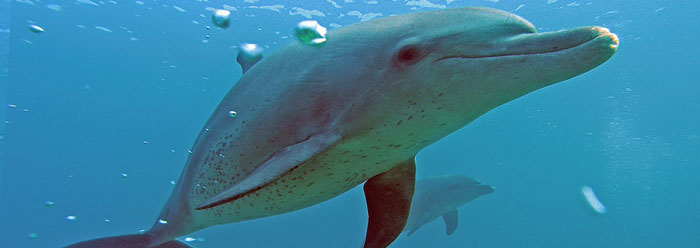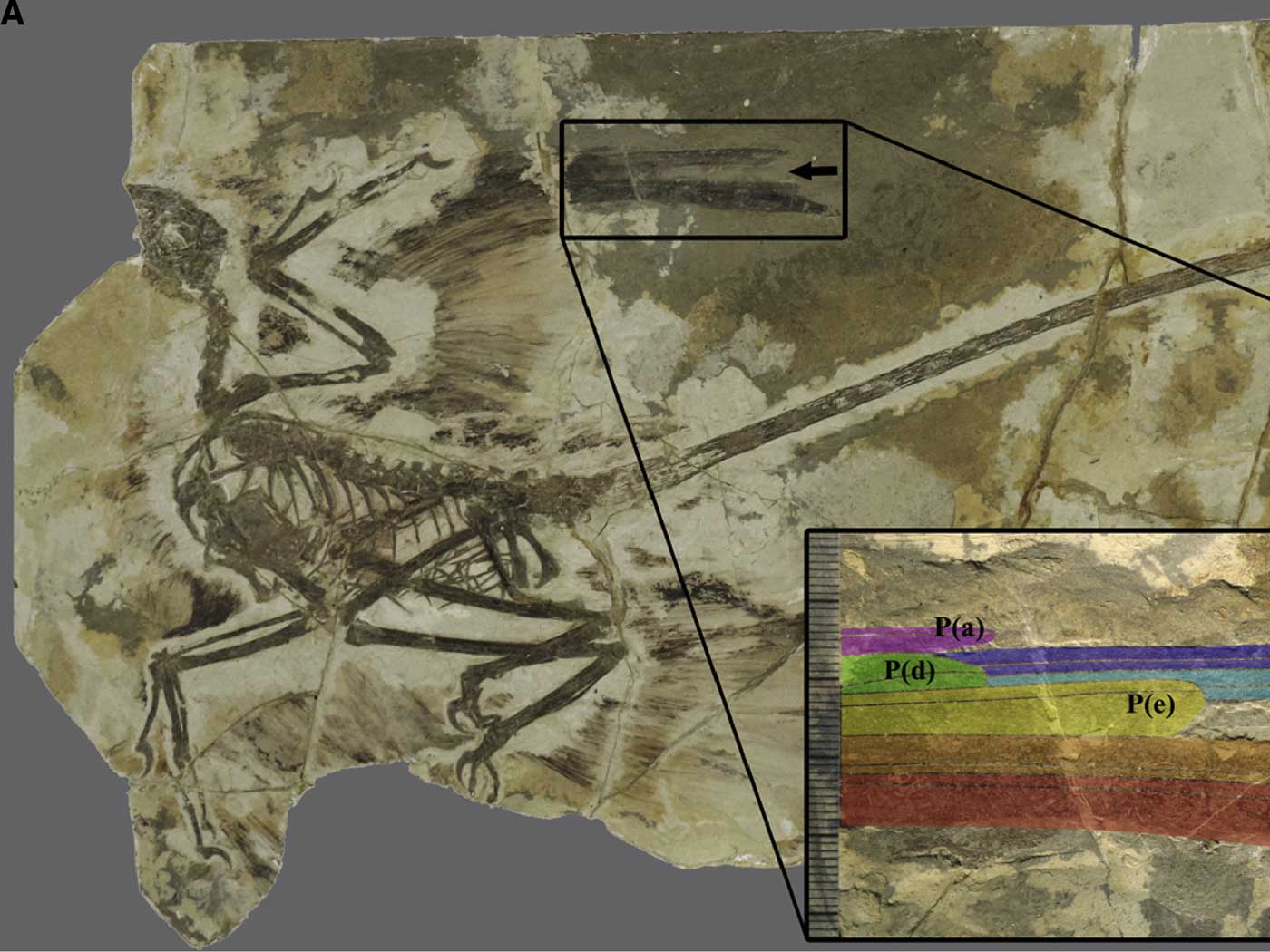Scientists have known for a while that dolphins use vision and sonar to find food and identify objects. But researchers recently discovered that dolphins also have electric sensory perception. After decades of dolphin studies, why had this incredible feature not already been discovered?
Dolphins can't always rely on their eyesight, especially when working in murky water, so they have been equipped with sonar systems that are tuned to expertly and accurately interpret whether signals represent food, friend, or foe. But sonar signals are not very effective at close range, and researchers have established that at least one species of dolphin can sense electric fields using a technique called electroreception.1 Animals generate weak electric fields when they use their muscles, and these dolphins can sense those weak signals in close quarters with special pits on their beaks.
Discoveries of new sensory capabilities like these are ongoing. For example, in 2009 investigators found that seals can use their whiskers to "read" subtle underwater eddies that trail behind fast-swimming fish.2 And a separate study reported that certain shrimp eyes can detect twelve primary colors (compared with humans' ability to see three), and that may lead to advances in light-reading technology.3
Evolutionists have a distinct challenge in trying to explain how these sensory capabilities…more miniaturized and effective than any of their man-made facsimiles…could have come from any non-intelligent source. In contrast, biblical creationists are willing to consider the most straightforward, and therefore the most scientific, explanation: Superior creations imply a superior creator.
So how would an evolutionist explain the origin of electroreception in the Guiana dolphin? Study author Wolf Hanke told Science Now, "This is a case of convergent evolution."4 This phrase refers to the supposed independent evolution of the same feature in otherwise unrelated creatures. It begs the question, because it merely assumes evolution happened without providing any explanations for how or why.5
Is "convergent evolution" anything more than just evolution-spin for features that fail to fit evolutionary tree diagrams? Although many fish and amphibians are known to have electroreception, among mammals only the platypus and echidna were known to possess it. But the platypus and dolphin are not considered to have close evolutionary ancestry. There is as yet no realistic explanation within evolutionary thought for the origin of electroreception even once, let alone twice.
And apparently this same evolutionary thinking has held back dolphin research by making unwarranted assumptions, such as presuming that the tiny pits positioned along the dolphin's snout were useless evolutionary "leftovers." Science Now reported, "At some point in the dolphins' evolutionary past, an ancestor had whiskers sprouting from these pits, and most researchers thought they no longer served a purpose."4
But they do…they receive electrical signals transmitted through water. Evolutionary thinking had deterred this discovery because of bias against purposive design. The same backward thinking characterized previous claims of "vestigial organs." These organs were supposed to have been purposeless leftovers, but each was eventually discovered to have a function.6 Similarly, geneticists were hindered by evolutionary thinking from recognizing purpose and function in what has been called "junk DNA," a thoroughly refuted concept that is just as false and misleading as vestigial organs.7
Those tiny pits on the dolphin's snout are not vestiges of some evolutionary past, but are instead parts of a well-crafted and fully functional electroreception apparatus. This discovery is no surprise if dolphins were purposefully created on Day Five of the creation week, as Genesis recounts.
And it also isn't a surprise that evolution's no-purpose thinking has repeatedly hindered scientific discovery. If researchers had continued in their belief that dolphin snout pits were only whisker remnants instead of considering other function-related explanations, the aquatic mammals' amazing ability to sense electrical signals might still be unknown.
References
- Czech-Damal, N. U. et al. Electroreception in the Guiana dolphin (Sotalia guianensis). Proceedings of the Royal Society B. Published online before print July 27, 2011.
- Thomas, B. Seal Whiskers Track Fish Trails. ICR News. Posted on icr.org June 22, 2010, accessed August 2, 2011.
- Thomas, B. Shrimp Eye May Inspire New DVD Technology. ICR News. Posted on icr.org November 4, 2009, accessed August 3, 2011.
- Morell, V. Guiana Dolphins Can Use Electric Signals to Locate Prey. Science Now. Posted on news.sciencemag.org July 26, 2011, accessed August 2, 2011.
- Lisle, J. 2010. Discerning Truth: Exposing Errors in Evolutionary Arguments. Green Forest, AR: Master Books, 23-38.
- For examples, see Morris, J. 2005. Does the Gallbladder Have a Necessary Function? Acts & Facts. 34 (2).
- Wells, J. 2011. The Myth of Junk DNA. Seattle, WA: Discovery Institute Press.
* Mr. Thomas is Science Writer at the Institute for Creation Research.
Article posted on August 10, 2011.
























